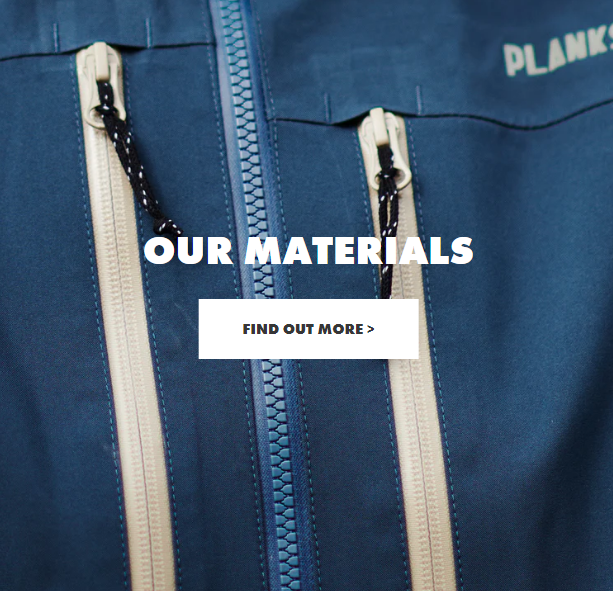Single Use Plastic? Problem (Dis)solved.
A step forward...
Last year, as part of our We Are Not Eco-Friendly initiative, we made a commitment to get rid of non-recyclable, single-use plastics from our packaging.
We're super stoked to announce that progress has been made. As of now, all our new season products are being packed in ‘Leave No Trace’ garment bags.
These bags are water soluble, ocean safe, recyclable, compostable, and fully biodegradable. They break down into harmless biomass, leaving no microplastics, no toxins, and no trace.
This pioneering technology has been launched by Aquapak, who have engineered a plastic technology that acts as an alternative to single-use, non-degradable plastic.
How to dispose of the bag:
The best way to dispose of the bag is to pop it in the sink and pour boiling water from a kettle over it. The material breaks down in water above 70°C degrees. Should your bag end up in landfill, it will biodegrade naturally.

The science stuff and more:
Thanks to our friends at Finisterre and their development work with Aquapak, we've been able to replace our 'regular' plastic bags with a much more responsible form of packaging.
What’s it made from?
‘Leave No Trace’ bags are made using hydrophilic polyvinyl alcohol (PVOH).
What does hydrophilic mean?
It’s actually a really nice word. ‘Hydro’ means ‘water’ and ‘philic’ means ‘friendship’. Hydrophilic substances really like water. So much so, that they dissolve into it.
Why is this specific plastic different to traditional plastics?
Unlike traditional polymers, it’s hydrophilic (water-liking), so it breaks down harmlessly in water, without forming microplastics.
What happens when it breaks down? What about the fish?
It’s marine safe.
There has been thorough research, which has confirmed that it’s not toxic to marine life. The bag breaks down into water, carbon dioxide and mineralised biomass.
The ink?
It’s non-toxic and food-safe, meaning that no bad chemicals are produced when the bag breaks down.
The next step?
1) The bag seal.
We're working on an alternative, but we haven't yet found one that will seal the bag adequately to protect the product.
2) What’s better than zero single-use plastic? Zero packaging.
Unfortunately, that’s not currently realistic for us. We need to get our products from A to B and not using packaging would damage our products and cause havoc.
However, we see this as an area where we can improve, and we will continue to explore ways that we can reduce our packaging.

